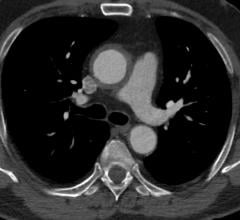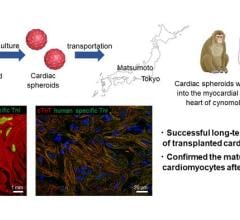News | February 03, 2014
Researcher Finds Significant Cardiac Treatment Imbalance Nationally
February 3, 2014 — Percutaneous coronary intervention (PCI) centers are unequal relative to population and heart attack prevalence across the United States, according to a study in the Journal of the American Heart Association. A multi-center team led by James Langabeer II, Ph.D., The University of Texas Health Science Center at Houston, conducted the study.
Langabeer and co-lead author Timothy Henry, M.D., Minneapolis Heart Institute Foundation, Abbott Northwestern Hospital, found that people who live in urban areas have access to more PCI centers than necessary. Those who live in some rural areas are unable to access a PCI center within 60 minutes, the recommended time to receive treatment after the onset of heart attack symptoms.
Researchers examined the distribution of PCI centers in each state and compared that to population density and heart attack prevalence. The number of PCI centers has grown 21 percent nationwide in the last eight years, with 39 percent of all hospitals having interventional cardiology capabilities. While PCI centers continue to grow, heart attacks are decreasing. Langabeer’s discovery unveils an unequal geographic distribution of PCI capacity for treating heart attack patients.
Some western states, such as Nevada, had higher than median disease prevalence rates, yet have only an average number of PCI centers for its population. Locations in the south central and north central region, such as Alabama and Montana, had significantly higher relative PCI facilities compared to some of the states with even higher disease rates.
“There is a growing trend nationally for hospitals to all become PCI capable, for a variety of reasons. As long as the capacity is aligned with the need, this is positive. However, in this research, we found significant disparity geographically when we normalized capacity by population density” Langabeer said. “These imbalances are creating problems on a national scale.”
The study is called "Growth in Percutaneous Coronary Intervention Capacity Relative to Population and Disease Prevalence." Co-authors are from the American Heart Association, Boston University School of Medicine, Duke University Medical Center, The Christ Hospital Heart and Vascular Center and UT Southwestern Medical Center.
For more information: www.ahajournals.org
© Copyright Wainscot Media. All Rights Reserved.
Subscribe Now


 May 02, 2024
May 02, 2024 








